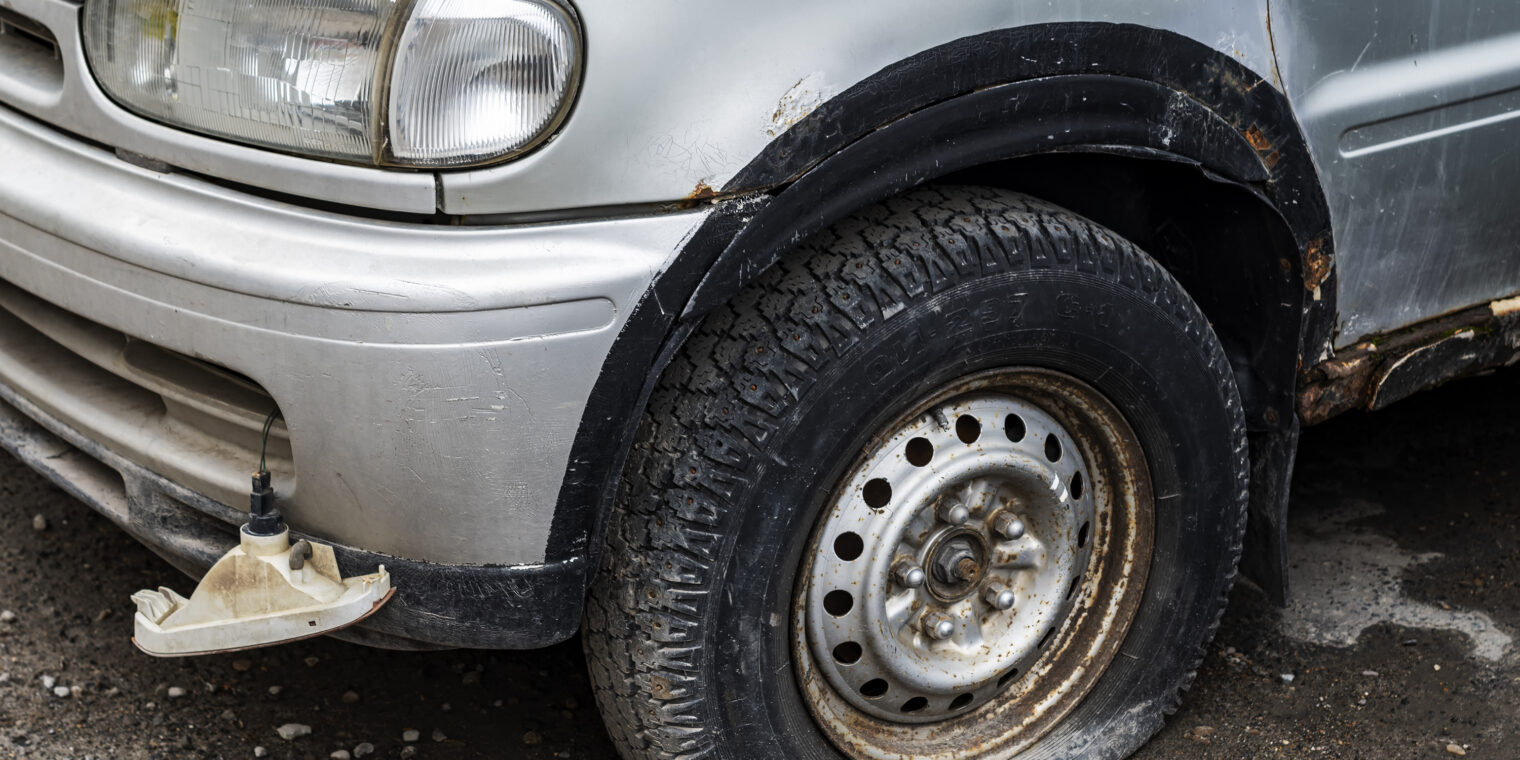Tires are one of the most crucial components of a vehicle, directly influencing both safety and performance. One of the most dangerous situations that can arise while driving is a blowout, especially at high speeds on the highway. A sudden blowout can lead to loss of control, accidents, and serious injuries. Fortunately, many blowouts can be prevented through proper tire care. By following a few simple maintenance practices, drivers can reduce the risk of a blowout and ensure their safety on the road.
1. Regular Tire Inspections
Regular tire inspections are essential to identifying issues before they lead to a dangerous blowout. Inspect your tires at least once a month for visible signs of damage such as cracks, bulges, or punctures. Look for any objects like nails or glass that might be embedded in the tread. Also, check the tread depth to ensure that it is not excessively worn down. Worn-out tires have less traction and are more susceptible to blowouts, especially in wet conditions.
2. Proper Tire Inflation
Maintaining the correct tire pressure is one of the most important factors in tire care. Underinflated tires can cause excessive heat buildup and increase the risk of a blowout, while overinflated tires can lead to a loss of traction and uneven wear. The recommended tire pressure for your vehicle can be found in the owner’s manual or on a label inside the driver’s side door frame. It is essential to check tire pressure regularly, at least once a month and before long trips. Tire pressure should always be measured when the tires are cold, as heat from driving can cause inaccurate readings.
3. Rotation and Alignment
Tires wear out unevenly over time, which can lead to premature tire failure. Tire rotation, the process of moving the tires from one position to another, helps ensure that all tires wear at an even rate. Most experts recommend rotating your tires every 6,000 to 8,000 miles, although this can vary depending on your vehicle and tire type. In addition, misaligned wheels can cause uneven tire wear, reducing the lifespan of your tires and increasing the chances of a blowout. Regularly checking and adjusting wheel alignment is key to maintaining even tire wear.
4. Avoid Overloading Your Vehicle
Every vehicle has a maximum weight capacity, which is listed in the owner’s manual. Exceeding this weight limit can cause tires to wear out more quickly and increase the likelihood of a blowout. Overloading your vehicle puts additional stress on the tires, especially when driving at high speeds on highways. When packing your vehicle for a road trip, always keep an eye on the weight and distribute the load evenly to reduce strain on any single tire.
5. Replace Worn Tires
No matter how well you care for your tires, they won’t last forever. Most tires should be replaced after 6 to 10 years, even if the tread looks fine. Tire technology evolves over time, and old tires may not perform as well as newer models. Additionally, tires that have experienced significant damage or that have worn past the legal tread limit (usually 2/32 of an inch) should be replaced immediately to prevent the risk of a blowout.
6. Drive Responsibly
Finally, your driving habits play a role in tire longevity. Avoid aggressive driving, sharp turns, or sudden braking, as these actions can increase wear on the tires and increase the likelihood of a blowout. Driving smoothly and cautiously helps extend the life of your tires and keeps you safe on the highway.
By following these simple tire care practices, you can minimize the risk of a blowout and enjoy a safer, more comfortable driving experience. Regular inspections, proper inflation, routine maintenance, and responsible driving are all key to keeping your tires in top condition and avoiding dangerous blowouts.

